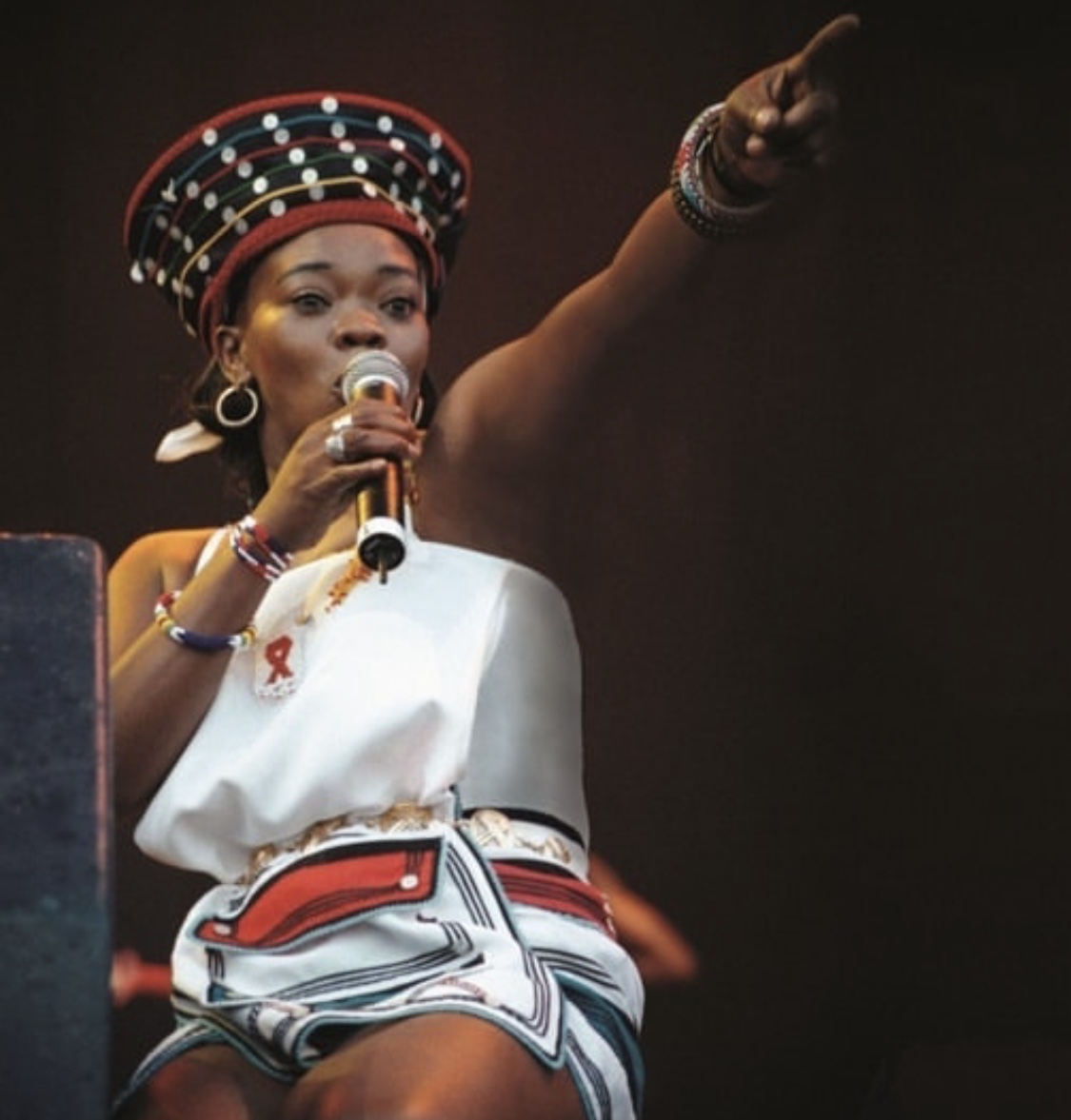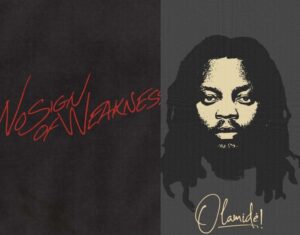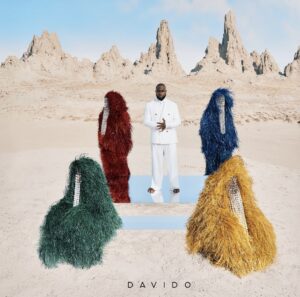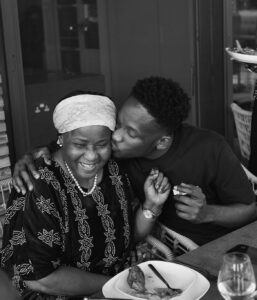South African music genres as part of music genres in Africa are always interesting to look at. We can see where they came from, how they came to be, and where they’re headed. Previously at Soot Africa, we’ve looked at the major sounds from West Africa. In summary, we saw the interesting origins of highlife, the music for the aristocrats, and Coupe Decale, the African migrant’s dream. Now let’s take a deeper dive into South African music genres.
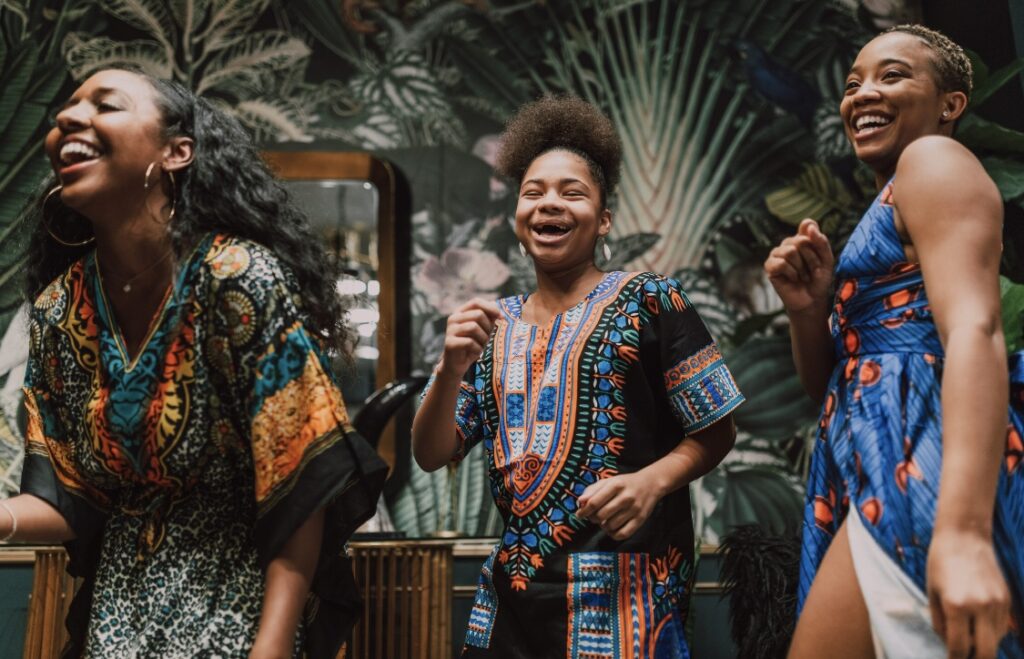
Kwaito: The “angry” South African music
This genre of South African music has its origins as early as the 1990s. The word Kwaito is from the word “Kwaii”, which translates to “Angry”. You can think of it as South African pop music, being a variation of Mbaqanga (an older genre of South African music), and house music.
Additionally, the story of this genre closely ties with apartheid. As one of the most prominent social crises the country faced at the time. Kwaito came about at around the time South Africa emerged as a free country. Also, some of its early pioneers were Arthur Mafokate and M’Du, who fused their sounds to create the authentic Kwaito sound.
Isicathamiya [is-cota-ME-ya]
This is a musical style whose name may sound weird, but should not be strange to you. If you’ve heard of Ladysmith Black Mambazo, then you’ve heard the music style of Isicathamiya before. It originated from the South African Zulus tracing back to the 1890s.
The close translation of Isicathymia in English means “walking softly” or “treading lightly”. This must explain why the music is often accompanied by soft, light choreographed dance steps by a group of choristers who are predominantly male.
Amapiano
This is one of the South African music genres that need no introduction. In fact, some music genre enthusiasts argue that Amapiano should not make it to the list as it is not seen as a complete genre on its own. Amapiano came in around 2012 (pretty recent, right?). It was not so popular then, though, until just before the Covid-19 pandemic hit and then it became a worldwide sensation.
It borrows heavily from house music and disco, with The MFR Souls as one of its pioneers. Also, one prominent feature of this music style is the wide percussive bass lines and log drums that just seem to go on and on and pull you in. It’s no wonder the world has fallen in love with this genre. Recently, a lot of artists have been trying to infuse as much of Amapiano into their sound as possible. Another thing to note is that Amapiano translates from Zulu to English as “The pianos”. Funny how the music sounds like anything but pianos.
Kwela: The Penny Whistle South African music
This is one South African music genre that rose to prominence around the 1950s. Kwela music has a lot of African jazzy tones and the predominant sound of a flute instrument called the penny whistle.
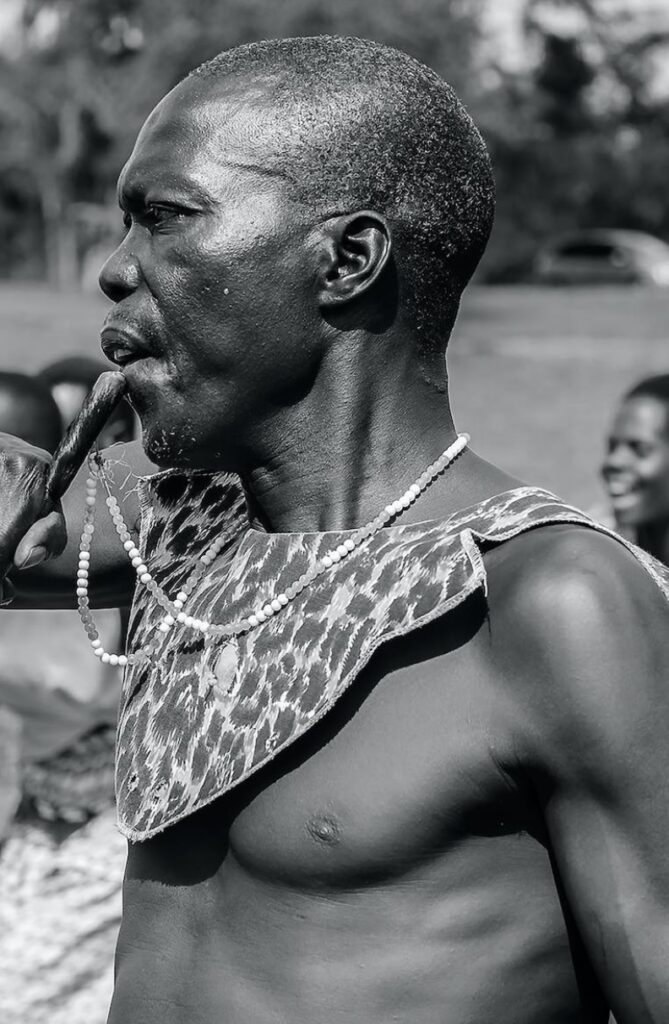
The influx of Malawian immigrants to South Africa also heavily influenced this music style. They combined their sound with local South African sounds and jazzy undertones to give the Kwela sound. During that time, you’d typically hear Kwela music at social gatherings where there was a lot of alcohol and dancing.
Despite the threat of being arrested by apartheid law makers at the time, Kwela performers still risked it all just to have a moment of pure happiness where they performed and danced to a small but cheerful crowd. The word “kwela” translates into “climb” or “get on board” in English. I believe it makes a crude reference to the inevitable arrest of these kwela performers, as they had to clib onto police vans to be whisked away. Some local Kwela musicians also include Spokes Mashiyane and Kippie Moeketsi.
Bubblegum Music
Bubblegum music is one that sounds just like its name. It is a form of South African pop music that was popular in the 1980s. It leans on a mix of electronic keyboards, strong vocals, and synthesizers.
Also, this South African music genre is called “Bubblegum music” because it targeted a younger audience—preteens and teens. It spoke about love and other catchy messages in order to catch the attention of younger people. This genre also highlights certain political messages. So if you’ve heard songs by Brenda Fassie and Yvonne Chaka Chaka then you’ve most likely heard Bubblegum music.
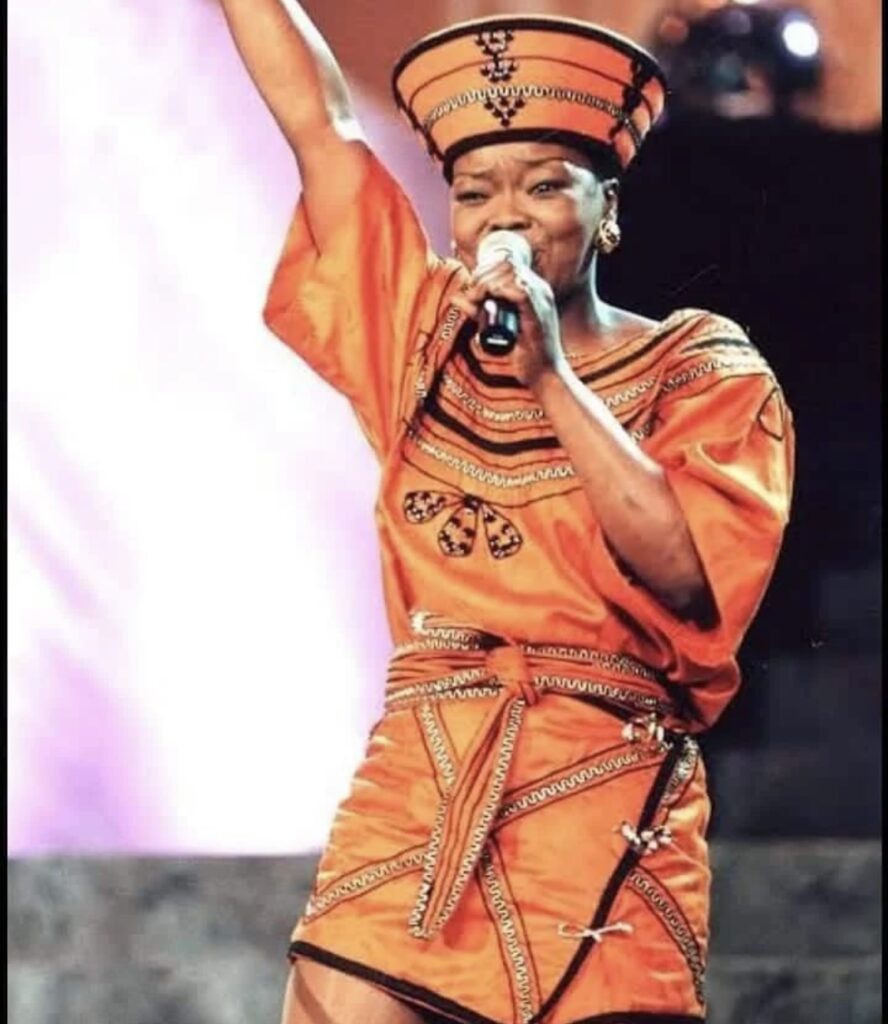
I think of it as feel-good music, one that passes out strong and clear messages but still makes you want to dance along. One major song from this genre of music is “We miss you Manelow” by Chicco Tswale, a song that speaks about the arpatheid activist, Nelson Mandela.
Basically, one thing that keeps coming up is how much South African music is tied to their social injustices, political crises, and pretty much everything else going on in their country at different times. It certainly holds a mirror up to African music and how much it is tied to our heritage and embedded in our blood. At the slightest inconvenience, we turn to our beautiful art and music for comfort.
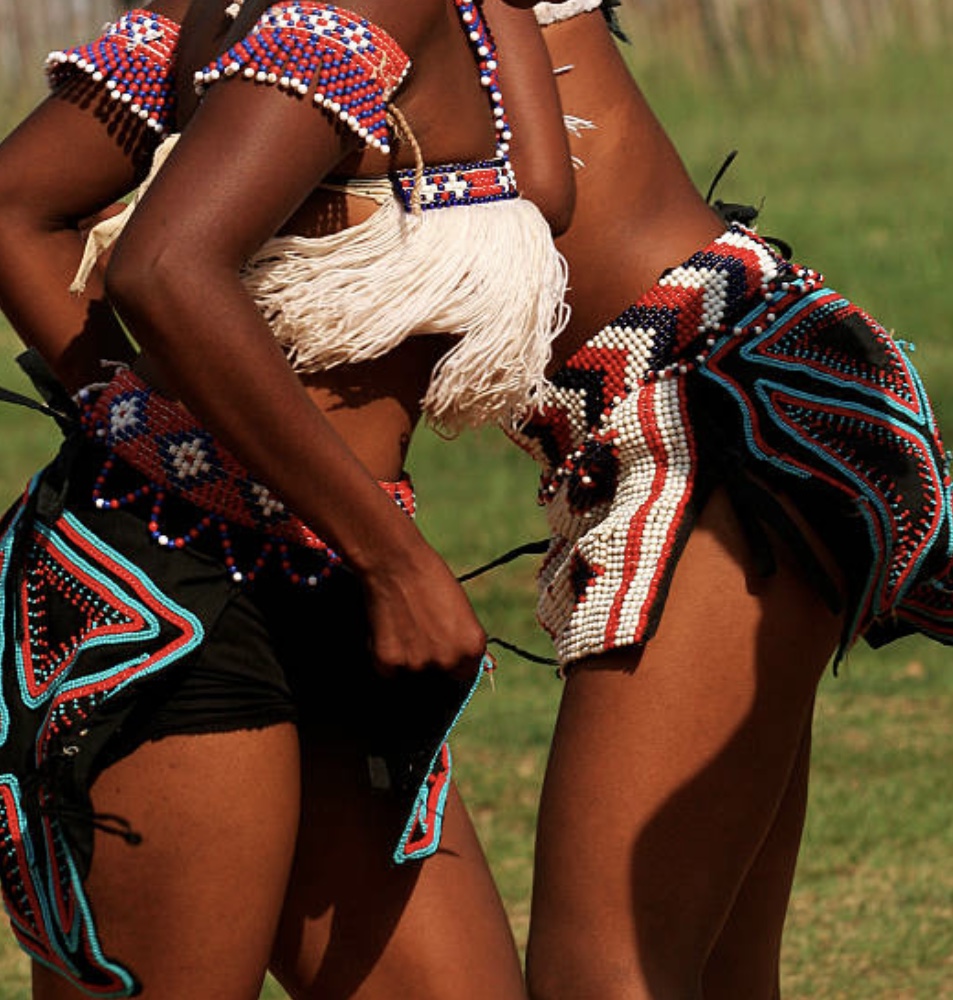
The next African genres we’d be explicitly dissecting here at Soot Africa are the East, North, and Central African music genres.

